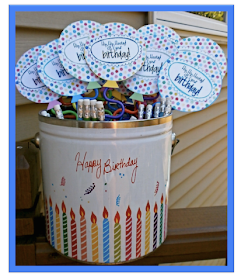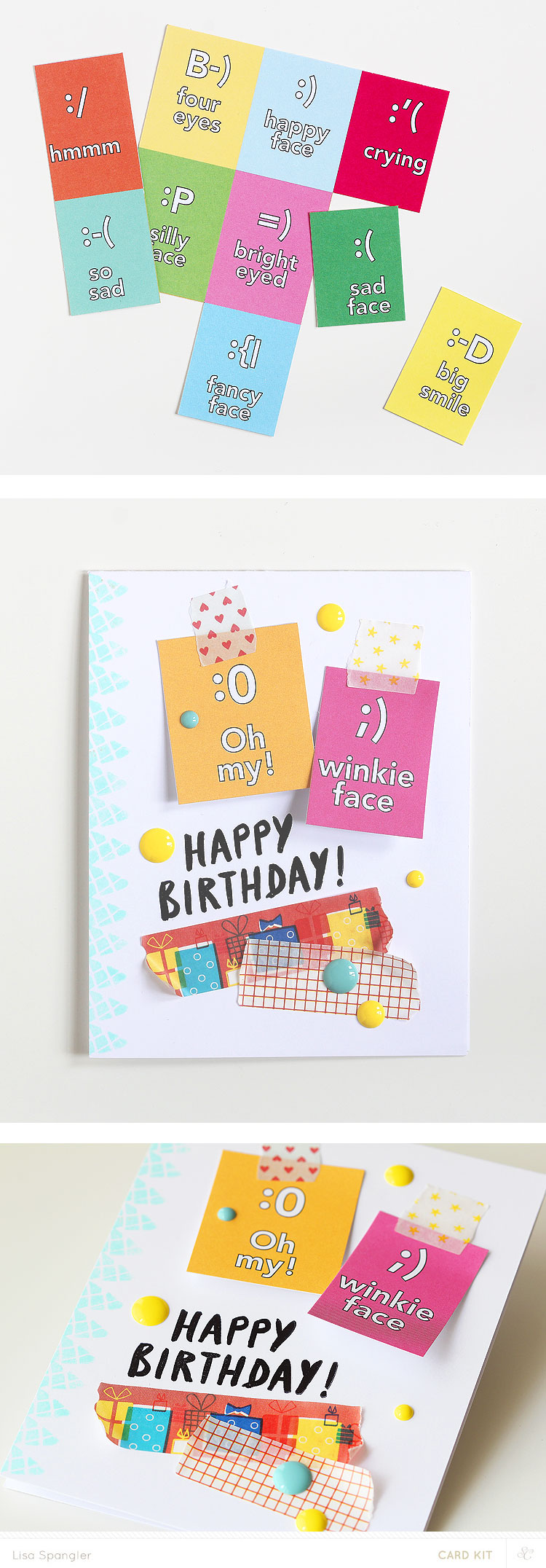


For example, if you can type "San Francisco CA" or "San Francisco California" in the US. For other countries, you can add the country or a region name after the city. In the United States, add the state or a state abbreviation after a city name. The list of places will automatically drop off. Place of Birthįor the place of birth, enter your city in English in the "Place of Birth" field. You don't need to adjust the time zone or a DST/summer time it's adjusted automatically. For example, if you are born at 4:30 PM, enter 16:30 or 16:30:00. The Time of Birth must be in the 24-hour format 23:59:59 in local time. For example, for February 12, 1988, enter "".

The general rule of thumb is about 10% for balanced weave, and higher for weft-faced weavings.Enter your date of birth in the format "MM/DD/YYYY" (month/day/year). For a warp-faced weaving, you will want a PPI that is significantly lower than your EPI. If you want your weaving to be weft faced, meaning your weft threads are more visible than your warp threads, you will want your PPI to be significantly higher than your EPI. Picks Per InchĪ balanced weave, where both warp and weft threads are equally visible, typically has an EPI and PPI that are close to each other if you are using the same yarn in warp and weft. We have a helpful blog post to help with this, Calculating WPI, EPI, and Sett. To use this calculator, you will need to know your warp sett, or EPI. If you're not sure, 10-15% is a good rule of thumb. Warp shrinkage will depend on your yarn, and warp take-up will depend on your picks per inch (PPI). Most looms have a 20" - 30" length loom waste. If you don't know what your loom waste is and are not sure how much to plug into the calculator for the first project, we recommend using 30" to start with. We recommend adding a bit extra to this number just so you have some breathing room at the end of your warp. Once you know your loom's average loom waste, you can use this number moving forward. This is typically called "loom waste" although this yarn can be used as your fringe. Cut the warp off your loom, and measure the extra yarn left at the beginning and end of your project that you weren't able to weave on.

Weave the warp from start to finish, stopping when the warp is close enough to the shafts (or heddle on a rigid heddle loom) that you are no longer able to get a clean shed and continue weaving. To calculate your loom's waste, take careful notes the next time you weave a project! Warp and thread your loom as you would for any other project. This will vary depending on the type of loom and how much yarn is lost to the warping process (there's a bit of a learning curve here for beginners). The amount of warp you designate for sampling is ultimately up to you, but we recommend allowing for at least a few inches. While everyone wants to get right into weaving, sampling is a big part of the creativity of a new weaving project, and can save you time, money and heartache by discovering what works and doesn’t work before you weave your entire project.


 0 kommentar(er)
0 kommentar(er)
